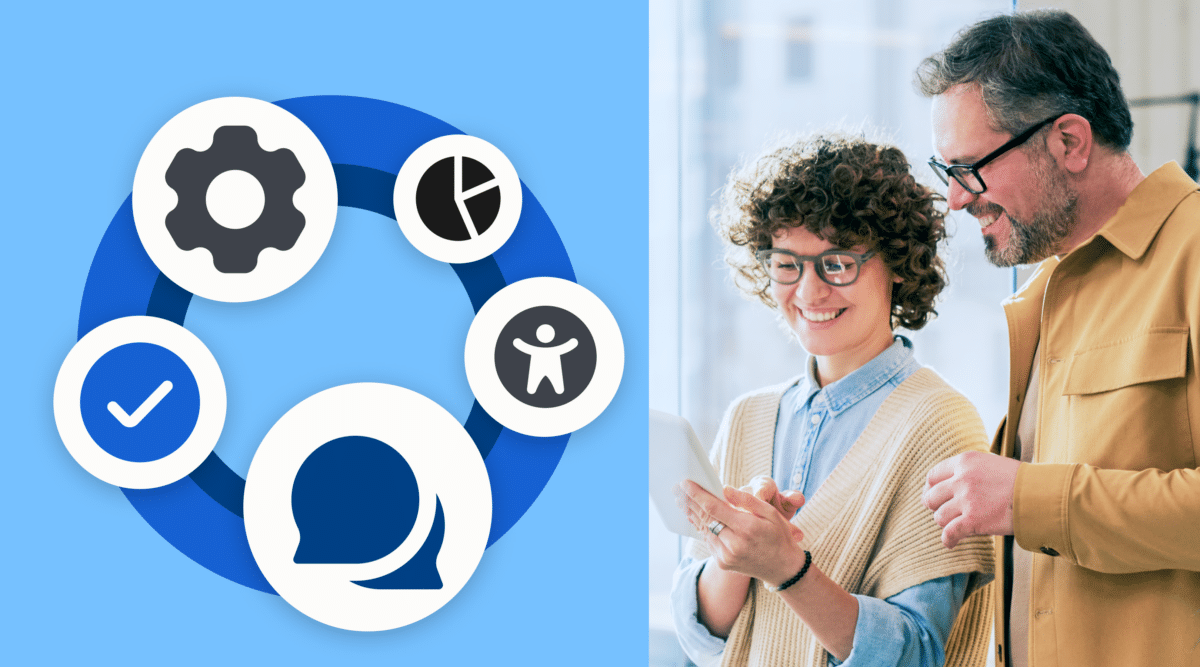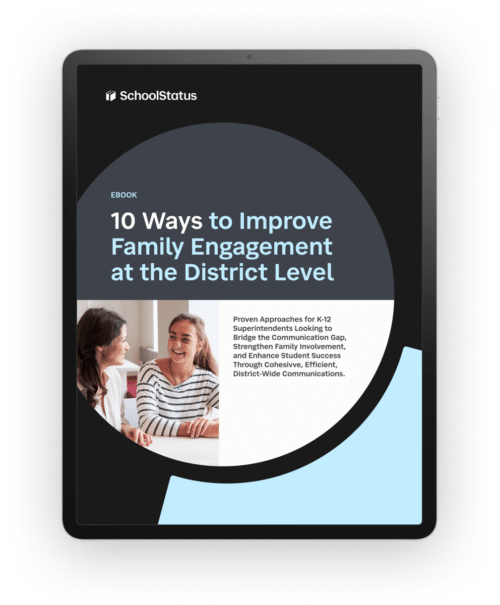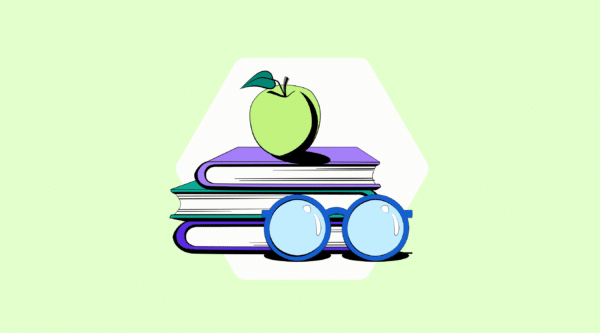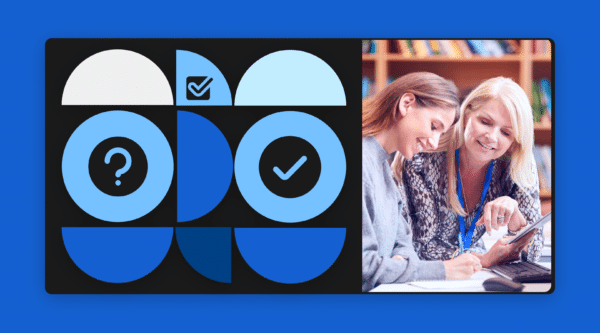

Nicole Turner, instructional coach in Indiana, shares 10 coaching strategies she’s found valuable over her career and some practice tips for each one.
As an instructional coach, you’ve no doubt heard various strategies that will help you more effectively support teachers in the classroom. While there are millions of techniques out there, I’ve compiled a list of my top 10 instructional coaching strategies—all of which I personally use in my school district alongside my teachers.
1) Observations
Observation serves as a means to understand classroom dynamics, enabling us to establish goals and initiate the coaching process. After we have set these goals and collected initial data, we use the same observation strategy to collect more data to see if there’s been an improvement.
From our observations, we’re able to create a data log that we can use to show teachers what they’re doing well and what they may need to work on to improve their overall effectiveness.
2) Modeling
When you’re modeling, you implement a technique that you proposed to the teacher you’re working with. With this strategy, you get up in front of the teacher’s classroom and teach a skill using a process that you and your teacher collectively came up with. This is an effective strategy because it shows the teacher how to better utilize a tool you have given them.
3) Co-teaching
When you co-teach, you work with the same students your teacher is working with every day. When we work with resistant teachers, getting up and teaching with them can show ways their students can benefit from this type of instruction. Modeling how you implement your own ideas can make your methods easier to understand.
4) Co-planning
Co-planning is a powerful tool because you and your teacher sit down to create a lesson plan together. While you’re creating this lesson plan, you’re able to ask the teacher how they’re going to implement the strategies you discussed in the past. This gives you a chance to ask them to model what they’re going to do and explicitly say what this will look like when they teach.
5) Effective feedback
While observing, modeling, co-teaching, and co-planning are great, they’re all for naught if you don’t give teachers effective feedback. Giving effective feedback means that you’re going back and talking about what you observed. It’s a great opportunity to look at the data and discuss where you see growth and where more improvement is needed.
Giving positive, effective feedback is essential to good coaching moving forward and for building on the ever-evolving coach-teacher relationship. You want to make sure your feedback is constructive without being destructive. For more tips on effective feedback, check out my six steps to effective feedback on my site, Simply Coaching + Teaching.
6) Real-time coaching
Real-time coaching is crucial when working with someone who is really struggling with an aspect of their teaching or who is unsure about the coaching process. When you use real-time coaching, you’re in the room giving the teacher step-by-step instructions of what to do next. There are a couple of ways you can do this:
- Use a whiteboard to write down the next steps. Then, show it to the teacher discreetly and ask them to write down the next step
- Stand by the teacher and guide them on what to do as the class progresses
In between steps, you can also walk around and observe students to make sure they’re understanding the concepts being taught.

Supportive Culture in a Top-Down Approach
Build trust and community, enhance family engagement, and save educators time.
Download Now7) Data-driven instructional strategies
Using data to create or implement instructional strategies is important because we need something to support our ideas and recommendations. Ultimately, we need to have tangible proof that the strategy is necessary.
When you use data from observations, look at and reflect on what you see in the classroom. Do you see growth? Or are you seeing the same issues over and over again? With this evidence in hand, it’s easy to offer praise or find better solutions with your teacher.
8) PLC videos
When you use a PLC video or some other instructional training or demonstration video, you create an opportunity to give effective feedback after an observation. There are 2 ways to use these videos:
- The first way to use the video is to talk about the strategy you or your teacher has come up with. Then, as you watch the video, pause to ask the teacher questions about the strategy. Stopping the video works best if you have a teacher who seems less open to coaching.
- The second way to implement this strategy is to watch the video all the way through and then discuss what the teacher saw. Regardless of how you choose to use this strategy, you’ll want to make sure to ask probing questions at the end and discuss whether the teacher is open to implementing these ideas.
9) Video coaching
Video coaching puts the teacher in front of the camera. This strategy, similar to using PLC videos, can be done in 2 ways:
- The first way is to tell the teacher that you’re going to be recording them. After you’ve recorded the teacher, sit down with them to watch the video together. During this time, both you and the teacher will fill out an observation form and, afterwards, discuss what you saw and what you both thought through reflection.
- The second way to utilize this style of video coaching is to have the teacher record themselves and send it to you. You can even have them upload everything to Google Drive and provide feedback remotely.
10) Peer-coach-peer observations
While peer-coach-peer observations are not always appropriate for all organizations, they’re great when you have a teacher who isn’t receptive to your feedback but may be receptive to another co-worker’s. There are 2 ways to use this strategy.
- The first way is to have a teacher who is implementing the same or a similar strategy go into the reluctant teacher’s classroom and observe. They’ll write down what they observed on an observation form you have provided for them, and then you and the observing teacher will meet to discuss what was observed. After meeting with the teacher one-on-one, gather as a group of three to collectively share your thoughts.
- Another way you can use this type of observation is for you and the other teacher to be in the room together to both observe. You and the other teacher will discuss what you see together, and then you will bring in the reluctant teacher with the hopes they are more receptive.
Final Note
There are so many strategies to help you improve your coaching. This list of strategies are just a few that I’ve successfully implemented throughout my coaching career. Remember, whatever strategies you use, you want to build positive relationships.
About Our Guest Blogger
Nicole S. Turner is an educational consultant, owner of Simply Coaching + Teaching, LLC, and the host of the Simply Coaching Summit, the first virtual summit exclusively for instructional coaches and teacher leaders. In addition, she serves teachers and students as an instructional coach in Indianapolis, IN.
Nicole has 14 years of K-12 classroom and leadership experience. She has held positions as a classroom teacher, lead teacher, differentiated accountability coach, district- and building-level instructional coach, assistant principal, dean of students, textbook company trainer, AdvancEd diagnostic review team member, and school improvement and turnaround specialist for the Indiana Department of Education.
Nicole works with school districts, presents at conferences, hosts online training and courses, and creates digital resources supporting instructional coaches and classroom strategies. She is a member of Alpha Kappa Alpha Sorority Incorporated, National Sorority of Phi Delta Kappa, Indiana State Teacher Association, and Indiana State Reading Association.
Stay Connected
News, articles, and tips for meeting your district’s goals—delivered to your inbox.





